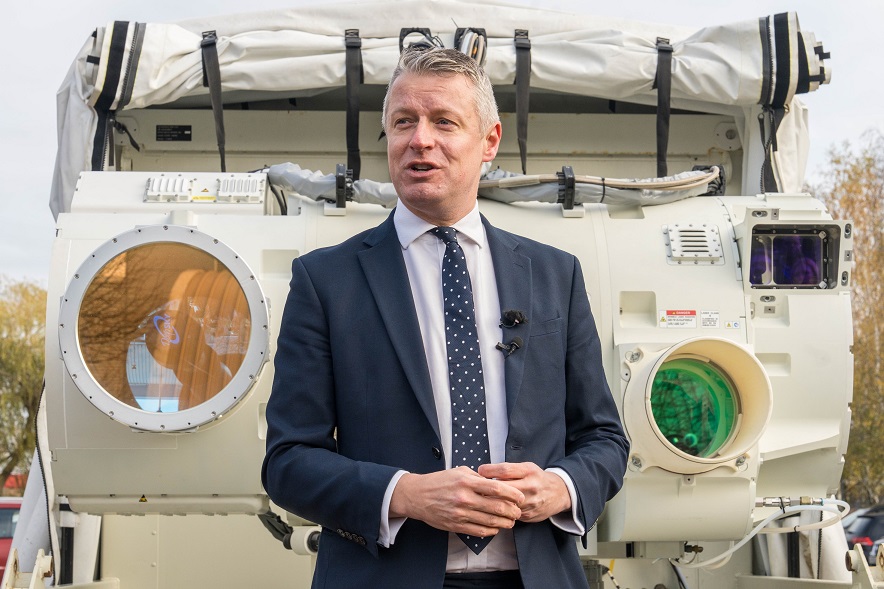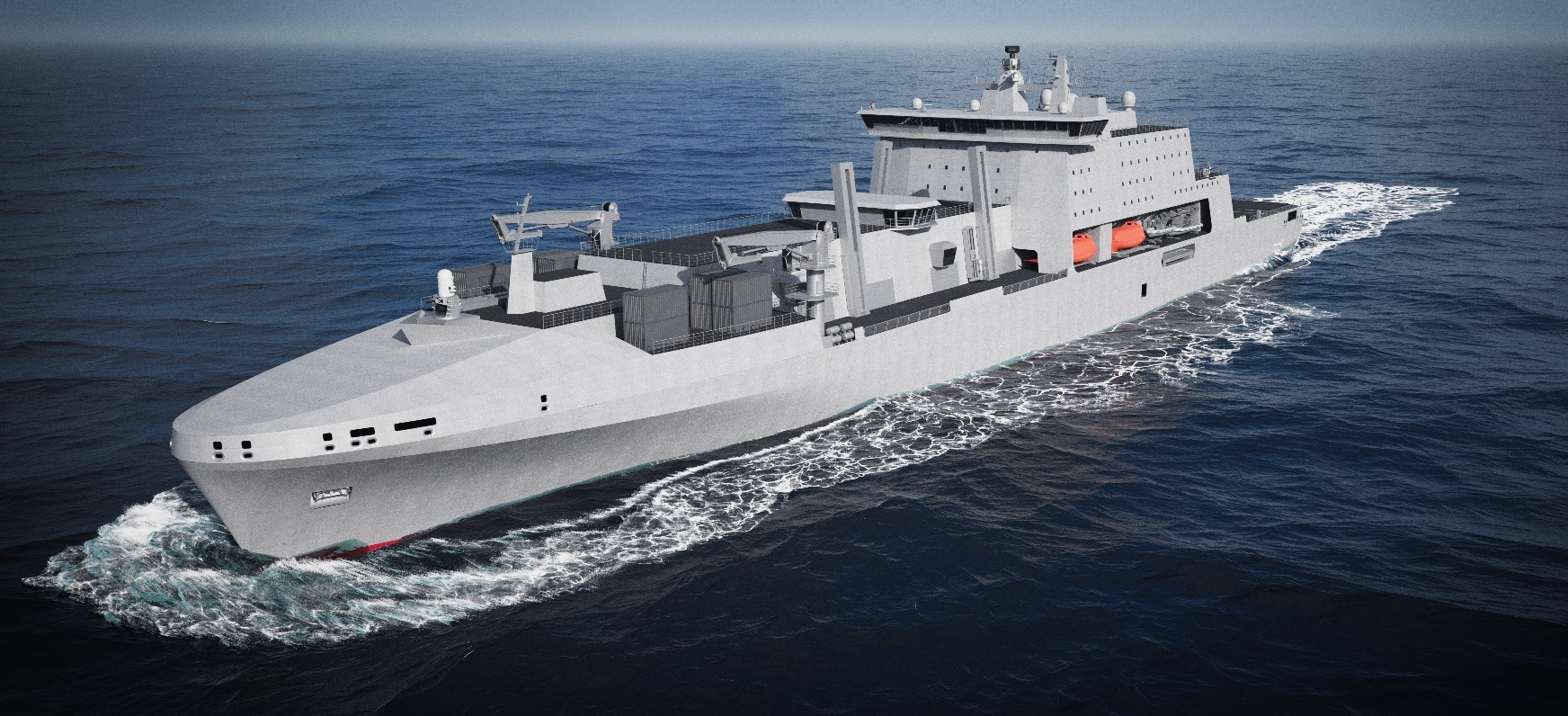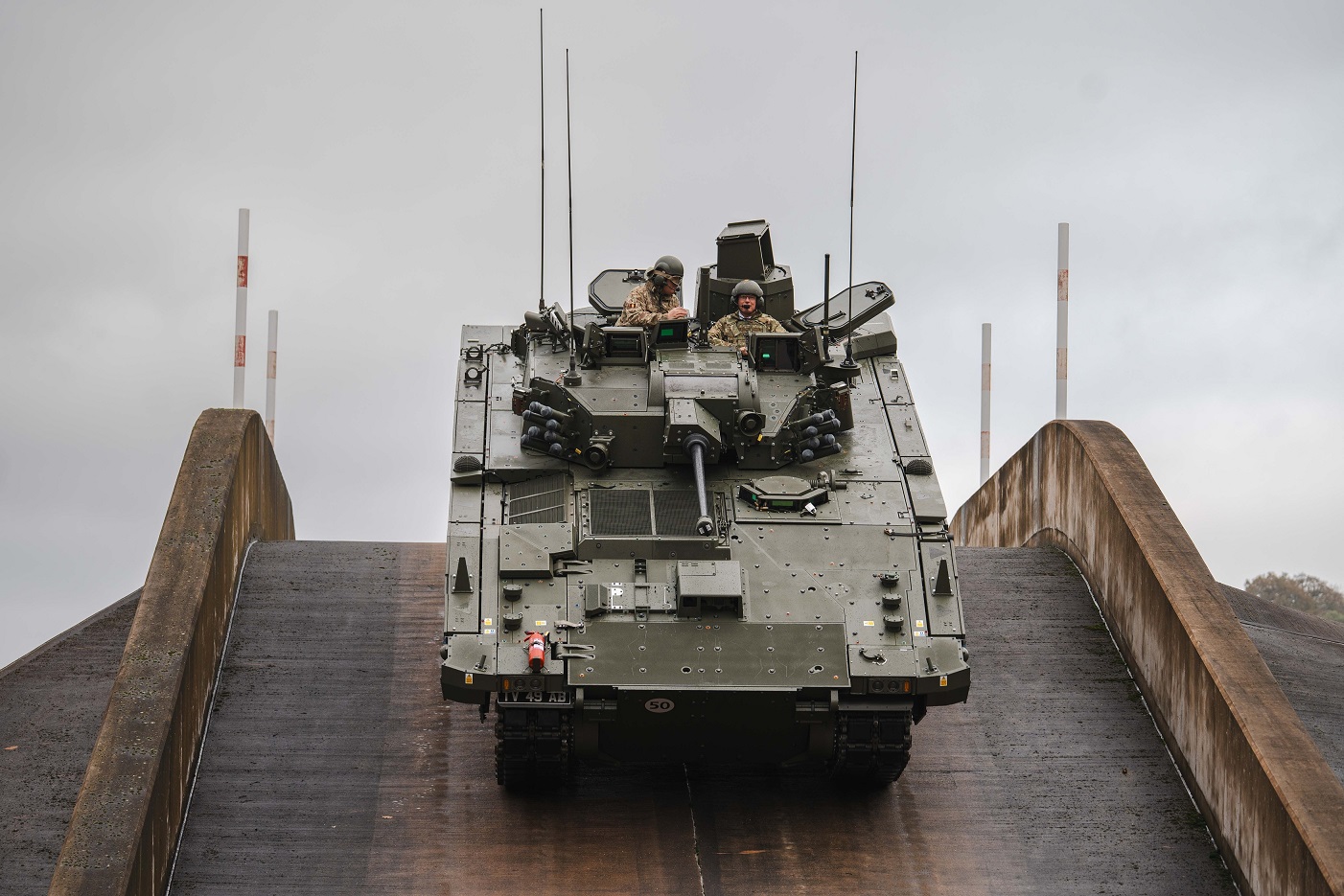Published 16th May 2019.
DE&S procures ultra light-weight UAVs with unique surveillance capabilities to support future operations
Share this story
THE DE&S Technology Office have procured 30 Nano Unmanned Aerial Vehicles (UAVs) just days after being given the green-light to fast-track military robotic projects onto the battlefield.
The team reacted to a request from the British Army following the Army Warfighting Experiment (AWE) in late 2018 for an in-depth look at the capabilities offered by Nano UAS.
The 30 rotary wing hand-launched Black Hornet Mk3 UAVs, designed for infantry soldiers in the field and which weighs less than 200 grams, features high quality full motion video cameras and, in this, its latest incarnation, also offers longer duration and thermal imaging up to a mile out.
The auto pilot system installed enables the operator to handle the UAV in two modes: either operated directly or be mission programmed to go through a predefined path using GPS on board.
The Black Hornet (Mk3) will now undergo a series of trials to see what benefits the technology could offer to support future operations.
The speed of the experimentation buy has been made possible by the £500 million Defence Transformation Fund, and more specifically, on March 5, Defence Secretary Gavin Williamson committing £66 million of that fund towards fast-tracking military robotic projects onto the battlefield this year.
“The Defence Transformation Fund has given us the exciting opportunity to look at new ways of rapidly equipping our armed forces with cutting-edge technologies that could make a real difference in the field.”
Just 16 days after the March announcement the DE&S Technology Office had signed a £1.3 million contract with FLIR Systems – a Norwegian company that builds the Black Hornet (Mk3).
James Morris, assistant head of delivery at the DE&S Technology Office, said: “The Defence Transformation Fund has given us the exciting opportunity to look at new ways of rapidly equipping our armed forces with cutting-edge technologies that could make a real difference in the field.
“It is truly helping enable our office’s mission to improve delivery of military capability through innovation, exploitation of technology and provision of impartial advice and I’m incredibly proud at how fast our team has acted to procure Black Hornet to support the evidence generation around nUAS.
“Now the UAVs have been procured, they will be trialled by members of the British Army with the support of the DE&S Technology Office to see what benefits they could offer our military in an ever-changing battlespace.”
The Black Hornet system was first procured (160 units) under an Urgent Operational Requirement for the use of British troops in Afghanistan in 2013. It proved a valuable capability affording ‘eyes on’ around corners and over hills in harsh and challenging conditions.
At the close of Operation Herrick the Mk1 was retired, however by January 2019 it was felt the capability enhancement warranted consideration of a further purchase for trial and experimentation.
In March, Chief of the General Staff, Sir Mark Carleton-Smith, said: “Rapid adaptation is an essential ingredient for success on the battlefield.”













